How Mould Is Shaping the Future of Food
Once a sign of spoilage, mould is now being harnessed by scientists to transform food waste into the next culinary breakthrough.
11 April 2025
Share this exclusive content from Saladplate
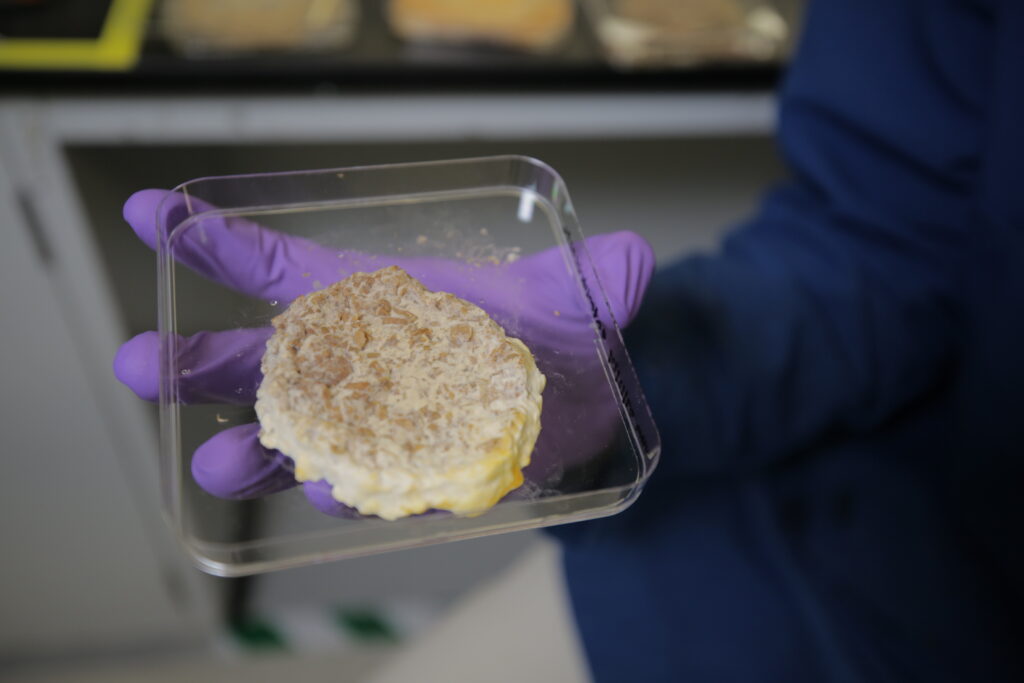
Oat milk waste sample, transformed by Neurospora mould | Photo credit: UC Berkeley
A slight bloom on a loaf of bread or a white spot on a block of cheese—the first thought is to consign these to the rubbish, concerned that eating anything past its prime can be bad for our health. A creeping colouration of mould (a type of fungus) means the end of the road for most foods. But now scientists are researching how mould can become a new foodstuff and maybe even the next culinary sensation.
While slimy vegetables and rotting meat are not to be sniffed at, scientists have known for centuries that not all mould is bad. Strains like penicillium roqueforti give blue cheeses their veiny appearance and almost metallic flavour, while penicillium camembert and geotrichum candidum produce the white mould on camembert and brie. [Source: BBC]
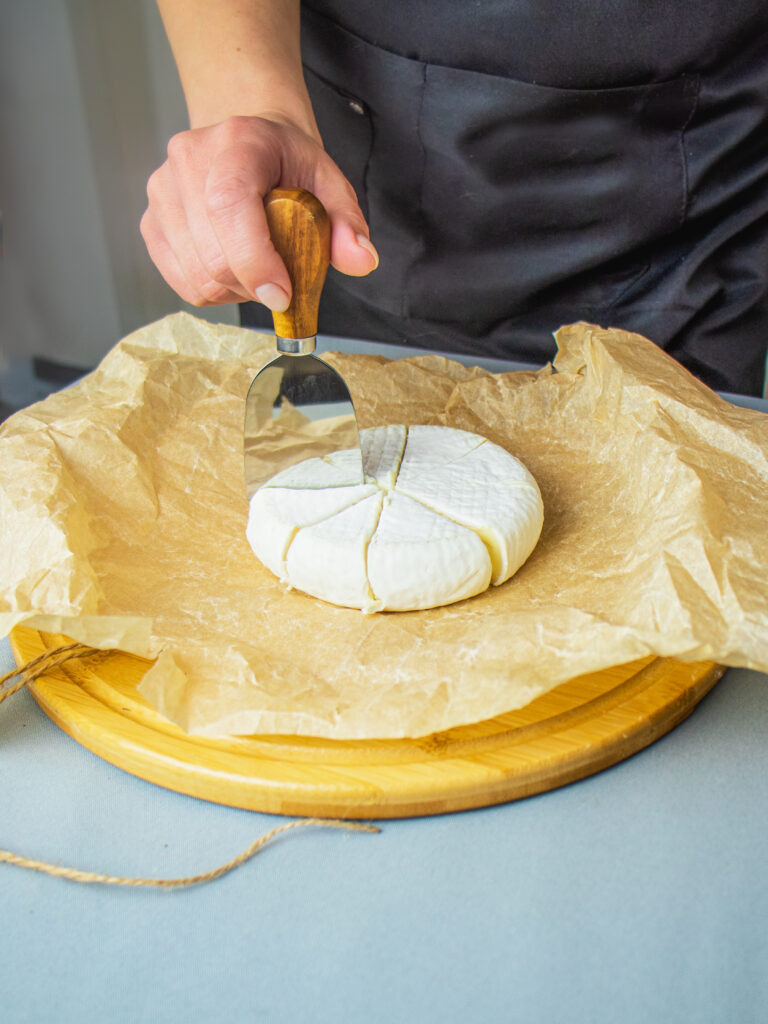
Penicillium camembert and geotrichum candidum produce the white mould on French soft cheeses camembert and brie.
Photo Credit: Envato Elements
In Japan, koji, a crucial ingredient in the brewing of sake and shochu, contains aspergillus oryzae, a type of mould used as a fermentation starter. It creates umami-rich foods like miso, soy sauce, and sake. It can also be used as a marinade or seasoning. At an upcycling-focused bar, Fura in Singapore, butter beans treated with koji are used in Beans, Beans, the Musical Fruit Cocktail: a highball cocktail made with a tonka bean-infused spirit and a soda. Asian diners will also be familiar with tempeh, which is also created with fungus.
Turning culinary waste into a source of nutrition led Vayu Hill-Maini to investigate Neurospora intermedia (a mould commonly known as red bread mould) and its possibilities. The chef-turned-chemist has become passionate about researching this to help reduce food waste worldwide.
Speaking with UC Berkeley News he said, “Our food system is very inefficient. A third or so of all food that’s produced in the U.S. alone is wasted, and it isn’t just eggshells in your trash. It’s on an industrial scale.”
Globally, we are wasting more food than ever before. In the USAA the average family of four throws away $3,000 of groceries annually, while in the UK, an estimated 6.6 tonnes of food are discarded each year. We are wasting food while people are starving. The Food Waste Index Report 2024, produced by the United Nations’ Environment Programme, reported that more than 783 million people globally are suffering from hunger.
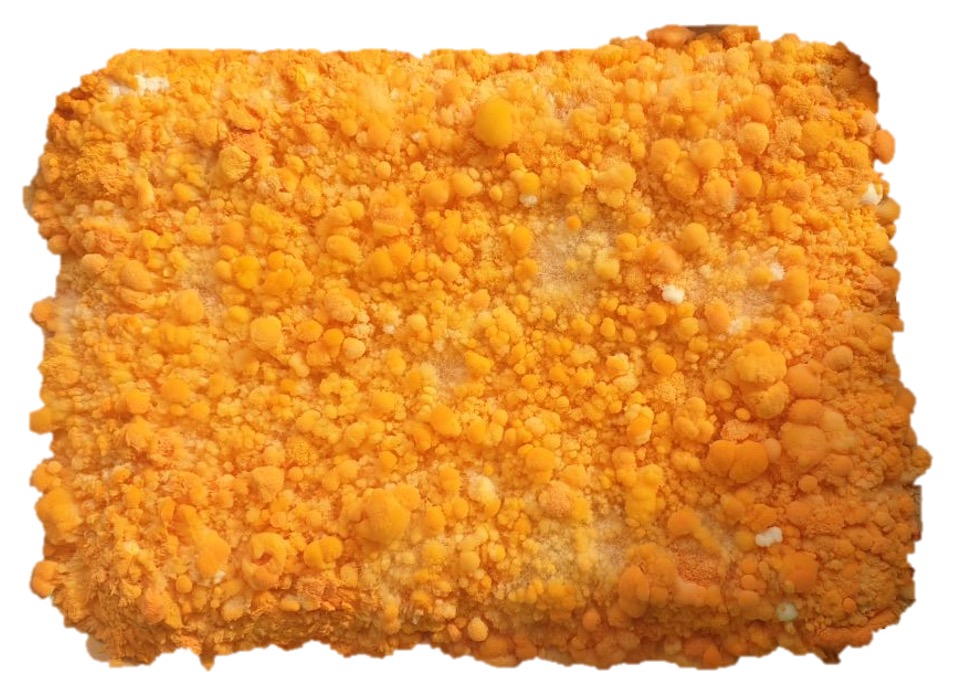
Oncom can be fried as a snack | Photo credit: UC Berkeley
These are compelling reasons to look for ways to reduce food waste and find new sources of nutrition – fast. N, intermedia, a bright orange fungus which thrives when grown on food waste such as soybean pulp and coffee grounds, is new to the Western world, but it’s been part of the way of life in Sudan and Indonesia for decades. Here, it’s the catalyst for fermented oncom, a protein-rich meat substitute made from tofu dregs (okara), peanut press cake, and tapioca waste. This fermented food has a strong, nutty flavour (think mushrooms or blue cheese), which can be deep-fried as fritters or steamed in banana leaves.
Studying oncom at the University of California, Berkeley, Vayu and colleagues found that N. intermedia was the most prevalent strain. The fungus contains enzymes that reputedly break down cellulose and pectin, sugars that humans can’t digest well.
The oncom samples tested were genetically different from wild strains but similar to those found on waste sugarcane fibre in Taiwan and corn in Papua New Guinea, suggesting that humans may have domesticated it.
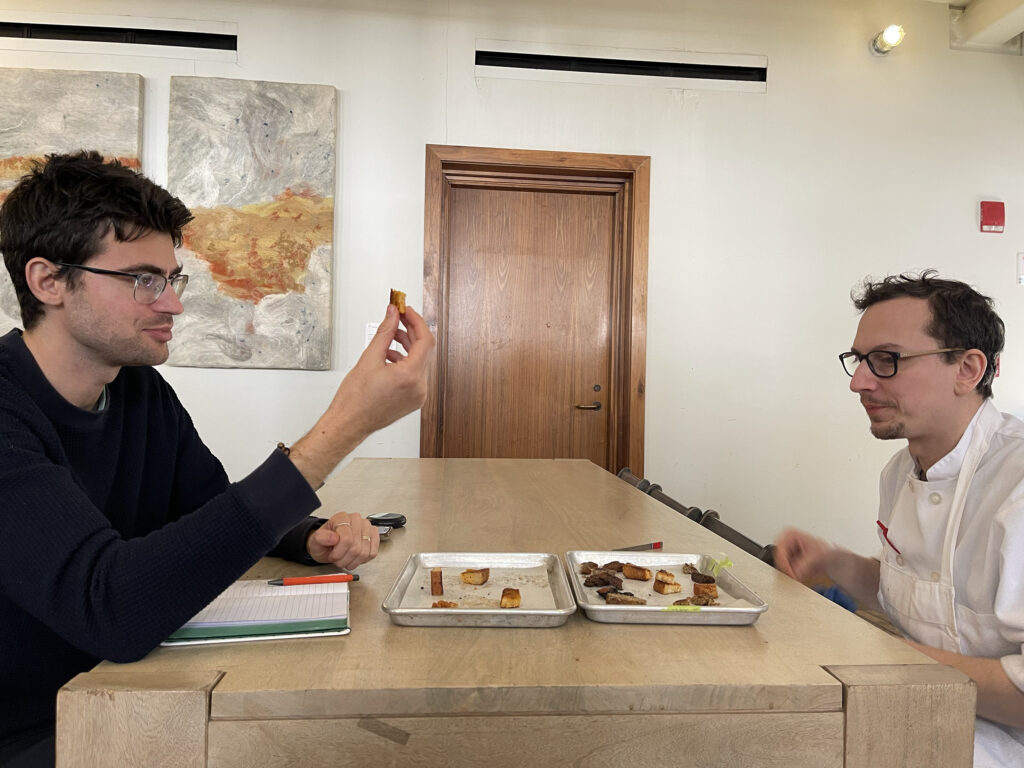
Neurospora-fermented food waste being tasted by Vayu Hill-Maini with chef Richard von Hagn at Blue Hill at Stone Barns
| Photo credit: UC Berkeley
In an interview with Science News, Vayu said, “We think that humans have turned to a fungus to grow on something that we can’t eat. The fungus then breaks it down, makes more of itself, and in doing so makes it more palatable.”
Vayu spent two years at Copenhagen’s two-star Michelin restaurant, Alchemist, lauded for its innovative approach to food. He was introduced to oncom by an Indonesian chef and was struck by how this fungus could enable waste-to-food conversion and tackle food waste in the Western world.
In practical terms, Rasmus Munk of Alchemist experimented with growing N. intermedia on rice custard. After a few days, the custard looked like it had been dusted with cheese, and the flavour transformed to taste akin to pineapple. Over in New York, Andrew Luzmore, from Michelin star restaurant Blue Hill, experimented by placing the mould on top of bread that was several days old. After 36 hours, he fried up the fermentation to create a dish that looked and tasted like a toasted cheese sandwich
The scourge of every kitchen across the globe is fast becoming a potential food source of the future, harnessing naturally occurring fungi to turn waste into new tastes and provide one potential solution to world hunger.
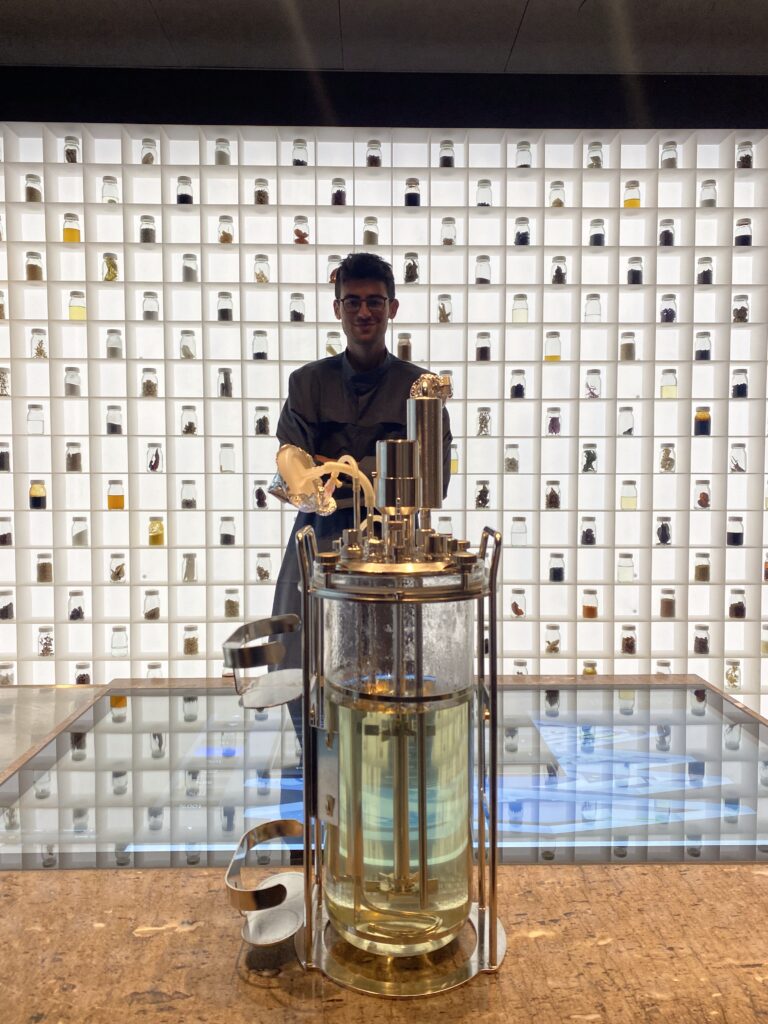
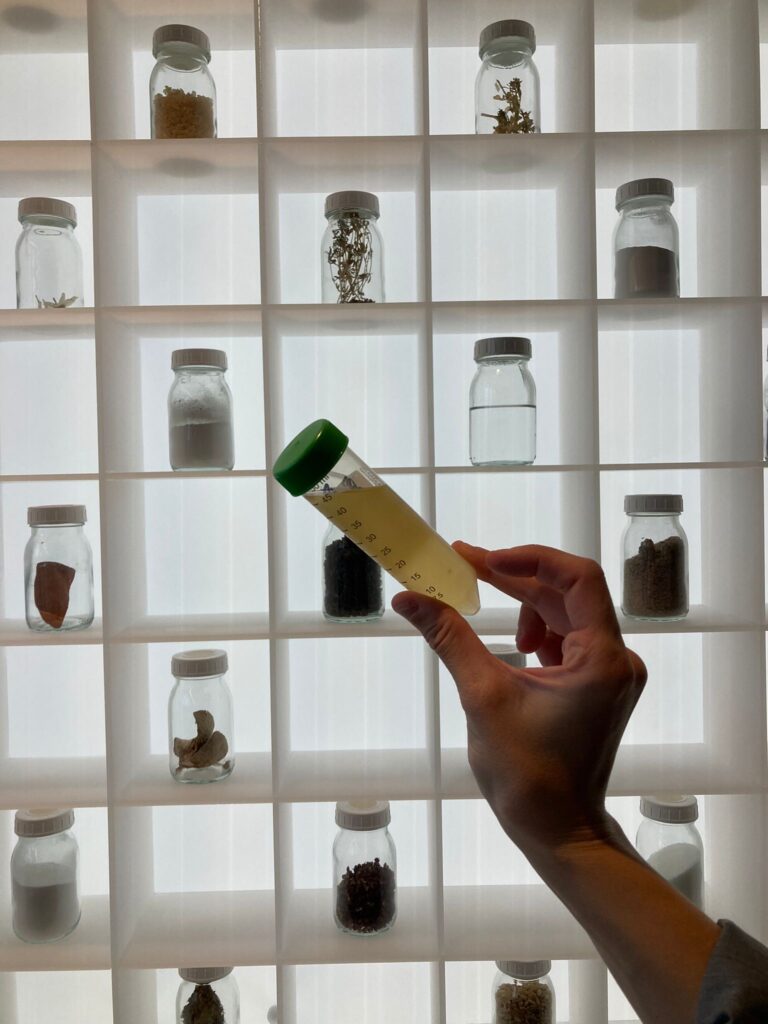
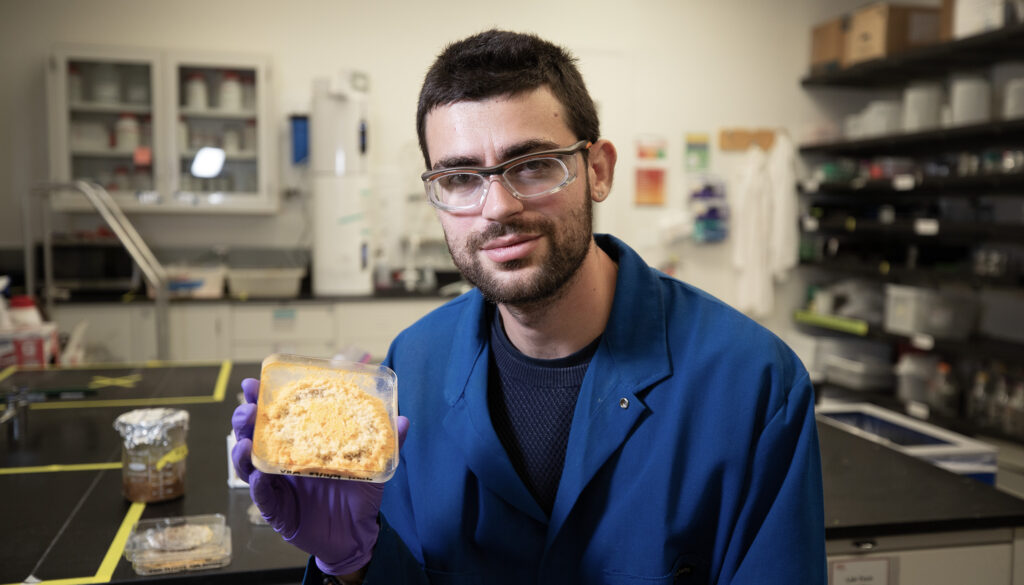
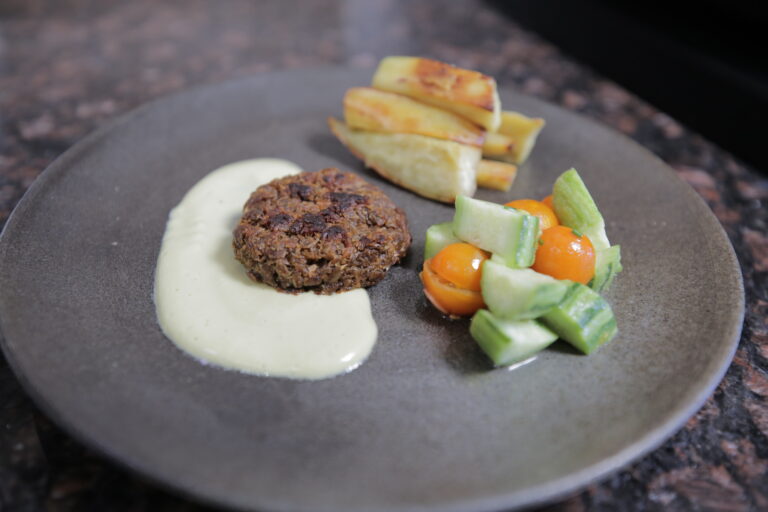
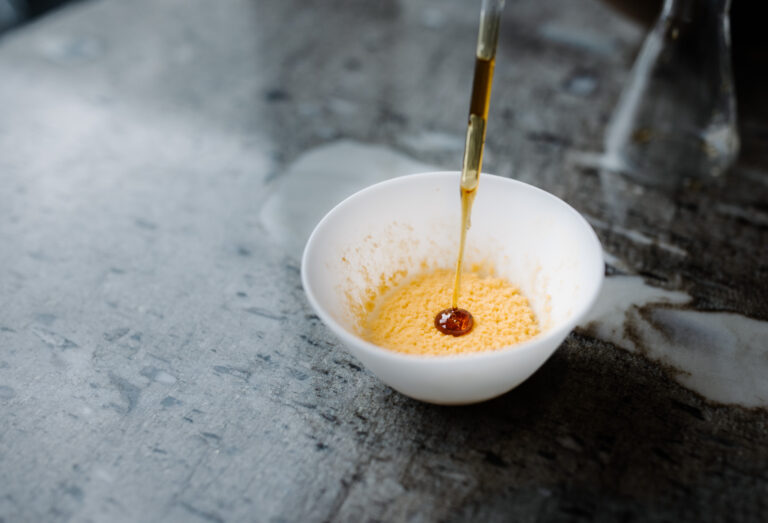
Photo Credit: UC Berkeley
Author: Alison Marshall
Alison Marshall is a seasoned journalist, writer, and editor with over 30 years of experience in print and digital media across global markets, covering sectors from hospitality to finance. A Brit by birth, she has lived in Singapore since 2008, a country which continues to fascinate. In her free time, she enjoys cooking and cocktails and loves a local market wherever she travels.



